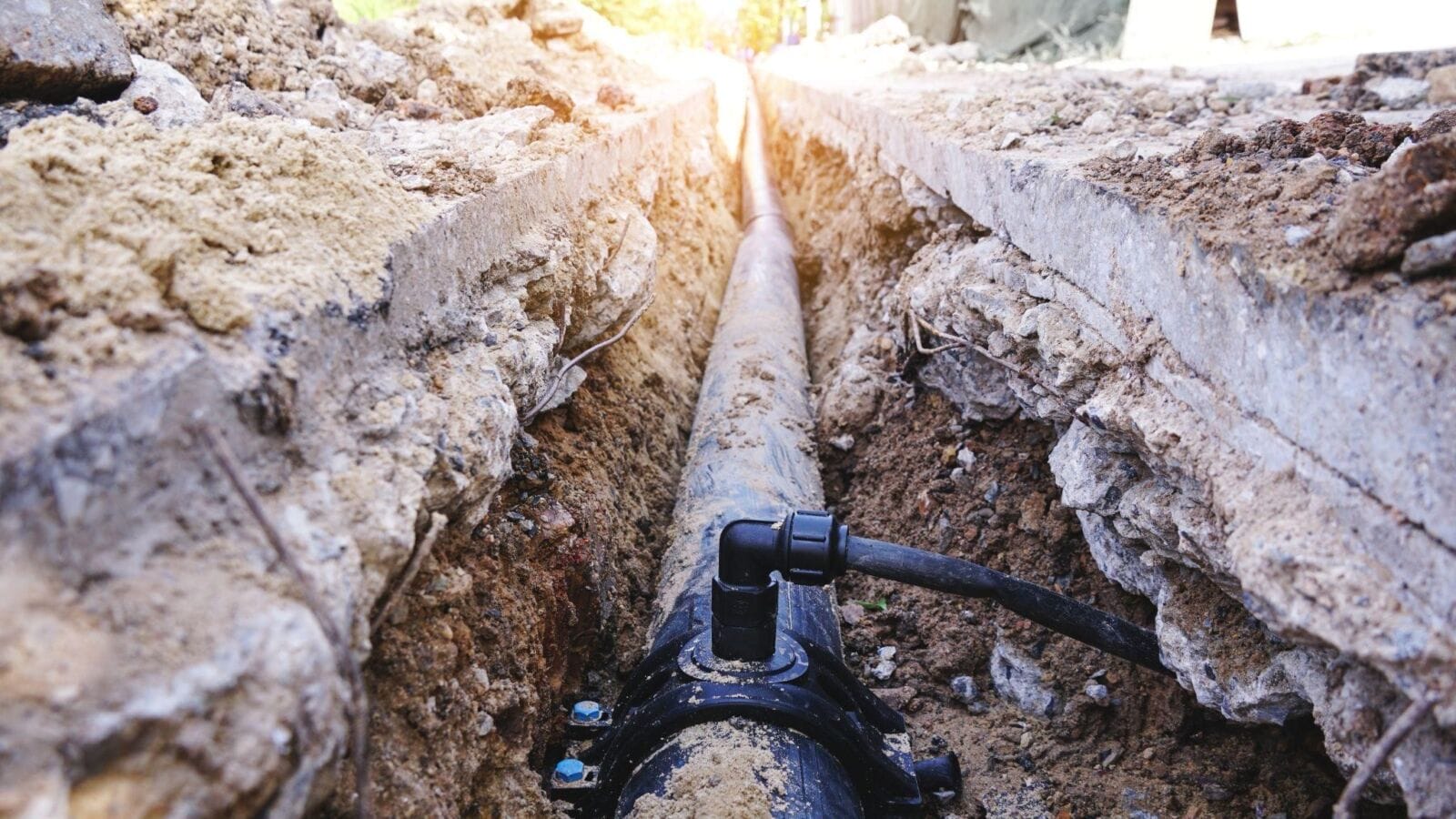Dealing with sewer pipe issues can be a homeowner’s worst nightmare. Traditionally, fixing a damaged or cracked sewer pipe involved extensive digging and disruption, leaving you with a torn-up yard and hefty repair bills. However, modern advancements in plumbing technology have introduced a less invasive and highly efficient solution: sewer pipe relining. This innovative method allows you to restore damaged pipes without the need for extensive excavation.
When it comes to the repair of a cracked sewer pipe using cutting-edge techniques, sewer pipe relining is at the forefront. This method not only minimizes the disruption to your property but also offers long-lasting results, making it a preferred choice for homeowners and businesses alike.
What Is Sewer Pipe Relining?
Sewer pipe relining, also known as cured-in-place pipe (CIPP) lining, is a trenchless repair technique that involves reinforcing the existing pipe with a new lining. Instead of digging up and replacing the entire damaged pipe, a flexible, resin-coated liner is inserted into the old pipe. Once in place, the liner is cured, hardening into a new pipe within the old one. This creates a seamless, durable solution that addresses cracks, leaks, and other common pipe problems.
The Benefits of Sewer Pipe Relining
Sewer pipe relining offers several advantages over traditional pipe repair methods. Here are some key benefits to consider:
- Minimal Disruption: One of the most significant advantages of sewer pipe relining is that it eliminates the need for extensive digging. Your landscaping, driveway, and property remain largely undisturbed, reducing both the time and cost associated with repairs.
- Cost-Effective: While the initial cost of sewer pipe relining may seem higher than traditional methods, it is often more cost-effective in the long run. The process is quicker, requires fewer materials, and reduces the need for expensive excavation and restoration work.
- Long-Lasting Solution: The resin used in the relining process is incredibly durable, providing a long-lasting solution to your sewer pipe problems. Most relined pipes can last for decades, ensuring that you won’t have to deal with recurring issues.
- Environmentally Friendly: Sewer pipe relining is a more eco-friendly option since it reduces the need for excavation, which can disrupt the surrounding environment. Additionally, the process minimizes waste by reinforcing the existing pipe rather than replacing it entirely.
- Versatility: This technique can be used to repair various types of pipes, including clay, cast iron, and PVC. It’s also effective for different pipe issues, including cracks, leaks, and root intrusion.
How Does Sewer Pipe Relining Work?
The sewer pipe relining process involves several key steps to ensure that the pipe is restored to optimal condition:
- Inspection and Cleaning: Before relining can begin, a thorough inspection of the damaged pipe is conducted using a camera. This helps identify the exact location and extent of the damage. Afterward, the pipe is cleaned to remove any debris, roots, or buildup that could interfere with the relining process.
- Liner Insertion: Once the pipe is clean, a flexible liner coated with a special resin is inserted into the damaged pipe. The liner is carefully positioned to cover the damaged areas.
- Curing the Liner: After the liner is in place, it is cured using either hot water, steam, or UV light, depending on the specific method used. This curing process hardens the resin, creating a strong, seamless new pipe within the old one.
- Final Inspection: Once the liner is cured, a final inspection is conducted to ensure that the relined pipe is functioning correctly. The result is a smooth, durable pipe that can withstand the demands of your sewer system.
Preventing Future Sewer Pipe Damage
While sewer pipe relining is an excellent solution for repairing damaged pipes, taking steps to prevent future damage is equally important. Here are some tips to keep your sewer pipes in good condition:
- Avoid Flushing Non-Flushable Items: Only flush toilet paper and human waste down the toilet. Items like wipes, feminine hygiene products, and paper towels can cause blockages that damage your sewer pipes.
- Properly Dispose of Grease and Oil: Never pour grease or oil down the drain, as these substances can solidify and create blockages. Instead, dispose of them in a sealed container.
- Regular Inspections: Schedule regular inspections of your sewer system to catch potential issues early. Routine maintenance can prevent small problems from becoming major repairs.
- Tree Root Management: If you have trees near your sewer lines, be mindful of root intrusion. Roots can penetrate pipes, causing cracks and blockages. Consider installing root barriers or trimming trees to prevent this from happening.
When to Call a Professional
Sewer pipe relining is a complex process that requires professional expertise. While some minor plumbing issues can be handled with DIY methods, repairing sewer pipes is not one of them. If you’re experiencing slow drains, foul odors, or recurring blockages, it’s time to consult a professional plumbing service.
With the repair of a cracked sewer pipe using cutting-edge techniques like sewer pipe relining, you can avoid the hassle of traditional pipe repair and enjoy a more efficient, long-lasting solution. Contacting an experienced plumber who specializes in trenchless pipe repair will ensure that your sewer system is restored quickly and effectively.




